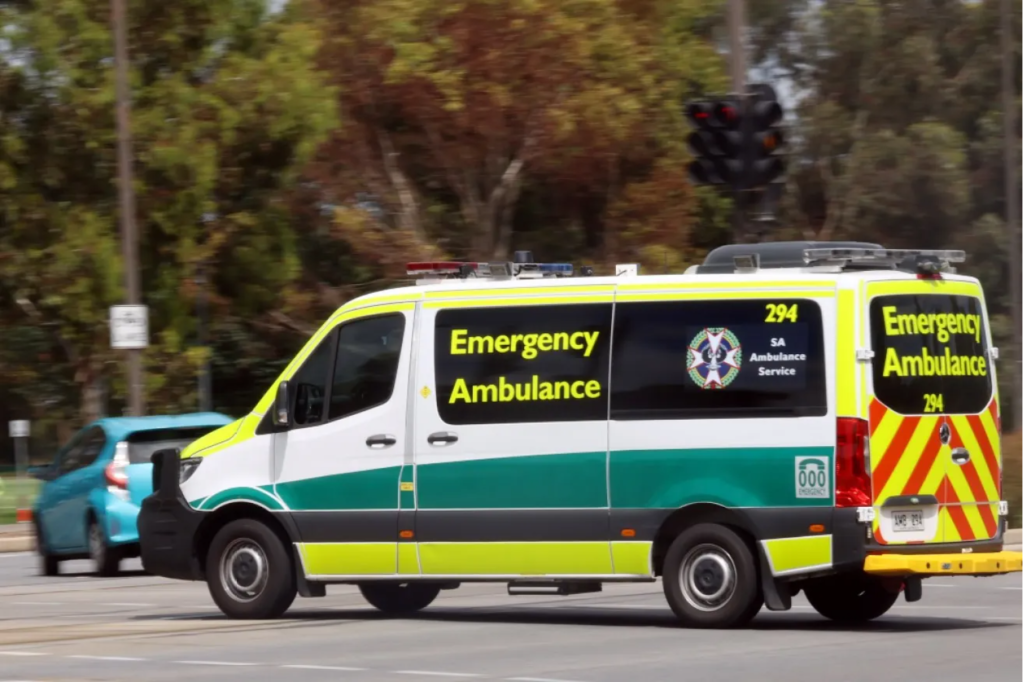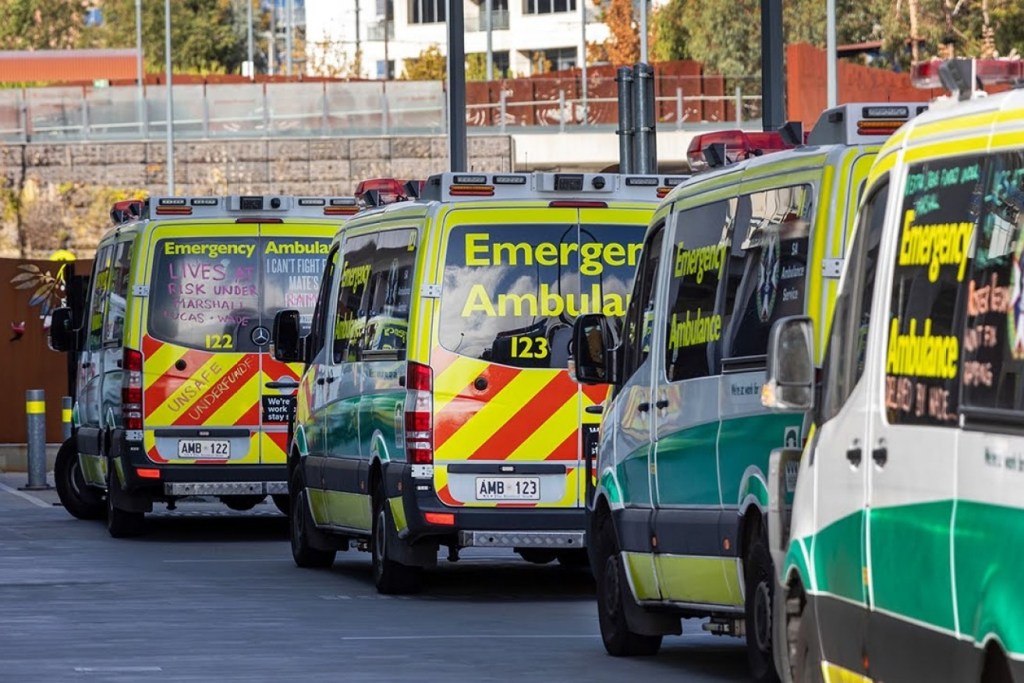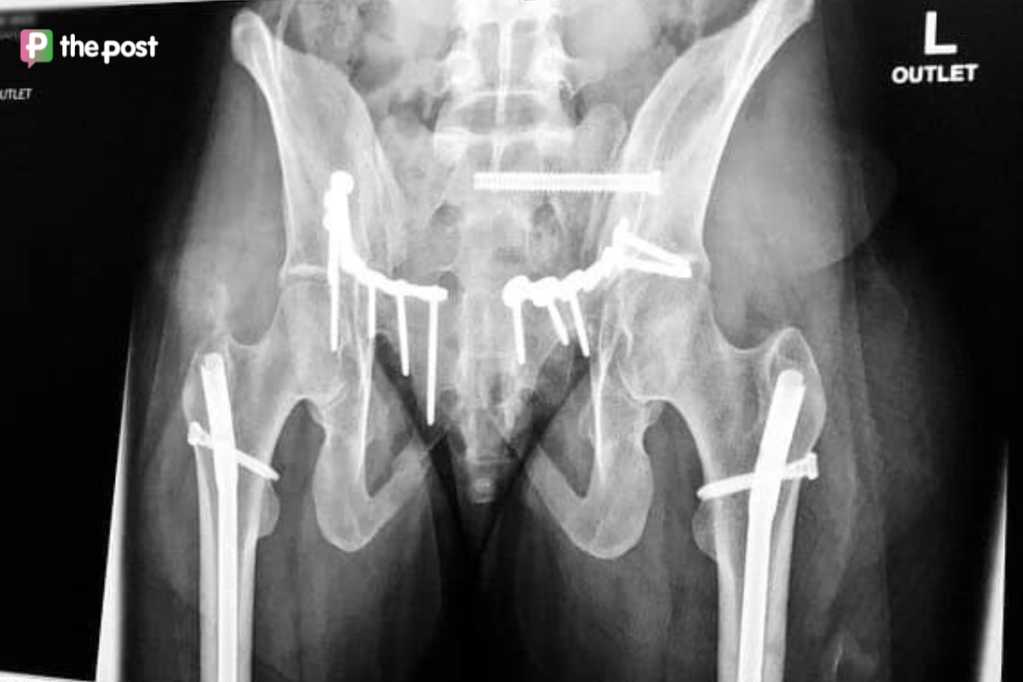Ambos see red after hospital code yellow lifted
SA Health has removed a code yellow which placed hospitals under an emergency management framework to free up beds, despite the paramedics union appealing for it to be retained after a “huge number” of ambulances were ramped on Wednesday.

SA Health announced the code yellow on May 30, cancelling category two and three elective surgeries for “approximately a week”. Elective surgery restrictions eased in mid-June, and the code yellow remained in place until now.
The internal code yellow placed the SA Health system into an emergency management framework to free up beds, with regional patients returned to country hospitals and patients receiving care at home where possible.
It was lifted today, despite Ambulance Employees Association SA general secretary Leah Watkins saying she wrote earlier to SA Health CEO Robyn Lawrence “imploring her” to extend the code.
Watkins said were “huge number” of ambulances ramped at hospitals around Adelaide on Wednesday night.
“Most concerningly is that during that time there were a number of emergency cases in the community that were uncovered, and the ambulance service could not send an ambulance to,” Watkins told ABC Radio Adelaide on Thursday.
“Those conditions just prevailed for hours upon hours, where one ambulance would be freed up to cover one of the jobs, and then two more cases would come in.
“It was just relentless, and to the point that around about 8pm last [Wednesday] night there were 23 uncovered emergencies in the community with just no ambulance to send.”

Ramping outside the Royal Adelaide Hospital ED. File photo: Thomas Kelsall/InDaily.
You might like
Lawrence said in a statement that the “escalation processes and collaborative approach we adopted through code yellow will continue, as will initiatives that better manage patient flow across our system”.
“This includes purchasing care in the private sector, hiring more staff, and opening more beds as quickly as possible. We are also advocating for long stay patients who no longer need acute care but are unable to be discharged due to the lack of Commonwealth aged care services and NDIS supports,” she said.
“Clinicians continue to triage patients presenting at our sites appropriately and those needing the most urgent care are always treated first.”
Lawrence said this morning the decision to remove the code was not “based on numbers”, but on “the ability to control the system”.
“The code yellow is always designed for a period of time to make sure you have strategies in place that enable you to manage the demand as best you can going forward,” she told ABC Radio Adelaide.
“I’m confident that we’ve put those strategies in place.
“I had said right from the start that we would take it down once I was confident that the processes that we were working on during the code yellow were embedded.
“We’re now in that position.”
Lawrence agreed that the whole SA Health system was “under pressure”.
“The demand coming through our front door continues to rise, particularly that arriving by ambulances, but our biggest challenge is that we can’t get people out of our hospitals to their homes.”
Stay informed, daily
Lawrence said SA Health had “purchased access to more private beds”, and referred to a tender it put out last week for a new facility, possibly within a hotel, to provide beds for patients who are medically ready to leave hospital.
“It takes time to stand up beds, but we’re doing everything we can.”
Health Minister Chris Picton said a lack of hospital beds due to patients being unable to access aged care was something he had “continually” raised with Federal Health Minister Mark Butler.
“[He has] committed that the federal government is looking at this, but we frankly haven’t seen enough work on this and will continue to press that this issue is resolved, because that is leading to big problems to state health systems right around the country,” he said.
Picton said the end of the code yellow did not mean “all the issues in the health system are fixed”.
“It means those measures, such as a better 24-hour coordination of the demand across our system, are now embedded parts of how the healthcare system is operating, much more than they were before that code yellow started.”

SA Health CEO Dr Robyn Lawrence. Photo: Supplied. Image: Jayde Vandborg/InDaily
Lawrence said the cancellation of non-urgent elective surgeries had been a “small component” of the code yellow, and that the surgeries would continue to be “managed consistent with beds that are available”.
The SA Health Elective Surgery Dashboard showed as of August 14 there were 21,925 patients on the waiting list, 4543 of which were overdue.
“It is the job of the chief executive officers in the hospitals to manage their flows,” Lawrence said.
“The elective surgery flows will always be balanced against the acute demand. And as the acute demand goes up and down, we have to manage the elective surgery flows.”
Lawrence said SA Health would monitoring the flow of elective surgeries “very, very closely”.
SA Health’s Emergency Department Dashboard showed at 8am today, four of the six metropolitan public hospital emergency departments were at code red capacity, with the total number of patients greater than or equal to 95 per cent of the total beds.
The Women’s and Children’s ED average wait time was the highest of the hospitals at 230 minutes. The Women’s and Children’s is currently at code green capacity, with the total number of ED patients less than 80 per cent of beds.








